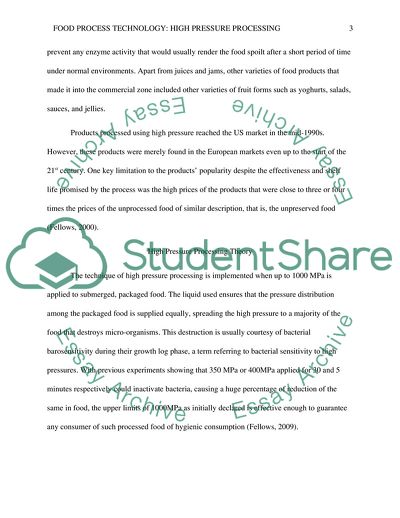Cite this document
(Fundamental Principles of High Pressure Processing Coursework, n.d.)
Fundamental Principles of High Pressure Processing Coursework. https://studentshare.org/technology/1827910-food-process-tech
Fundamental Principles of High Pressure Processing Coursework. https://studentshare.org/technology/1827910-food-process-tech
(Fundamental Principles of High Pressure Processing Coursework)
Fundamental Principles of High Pressure Processing Coursework. https://studentshare.org/technology/1827910-food-process-tech.
Fundamental Principles of High Pressure Processing Coursework. https://studentshare.org/technology/1827910-food-process-tech.
“Fundamental Principles of High Pressure Processing Coursework”. https://studentshare.org/technology/1827910-food-process-tech.


